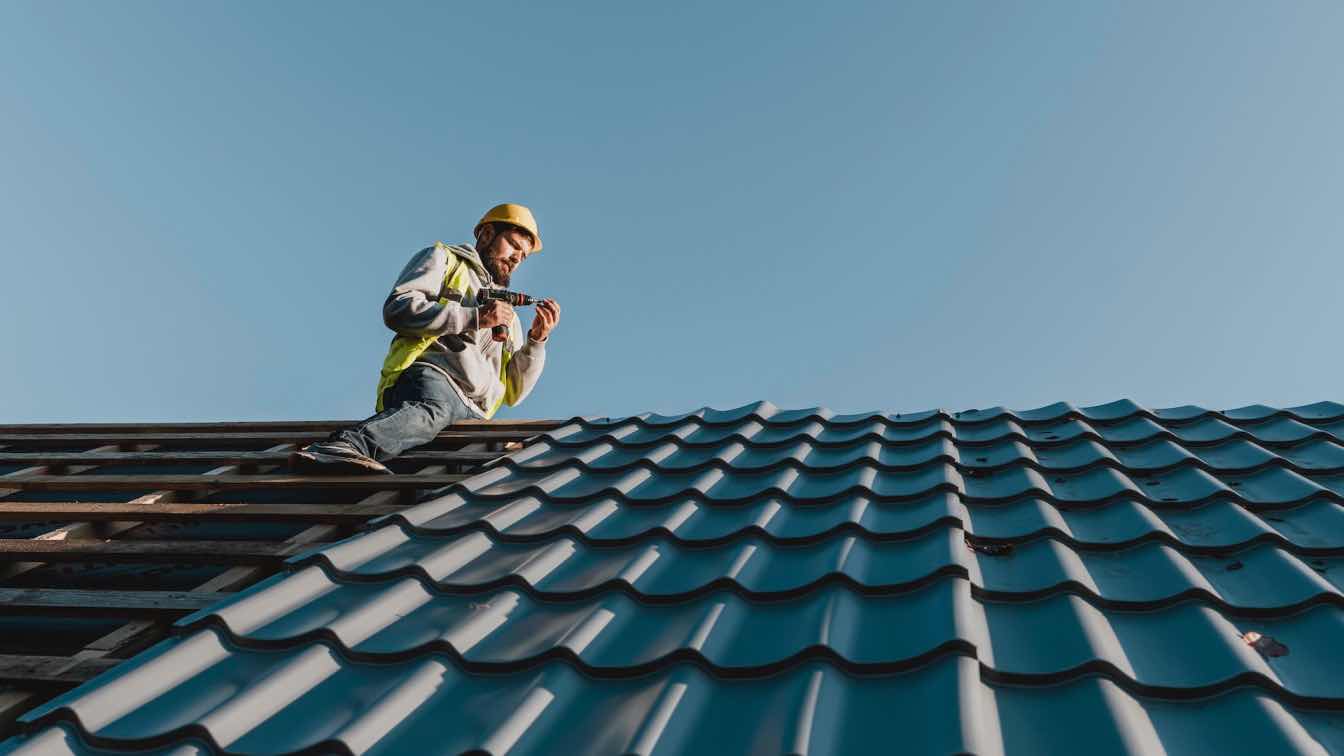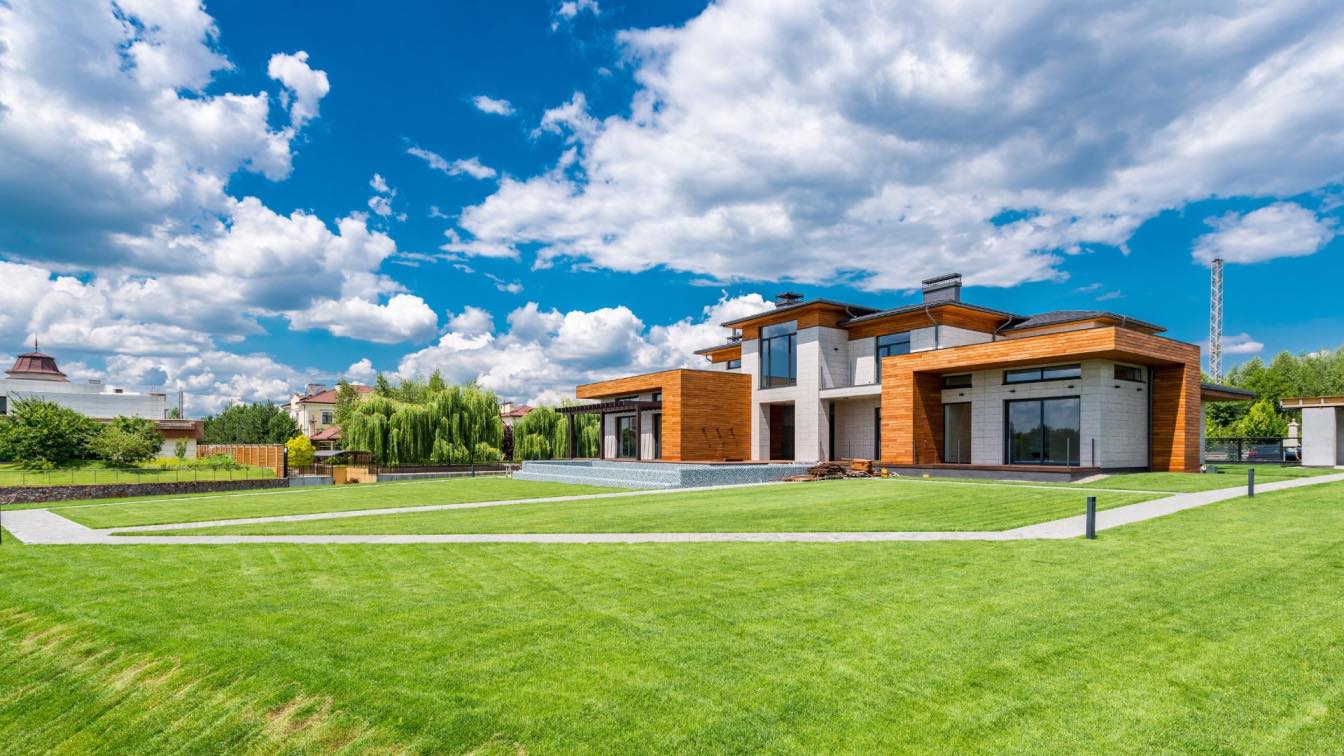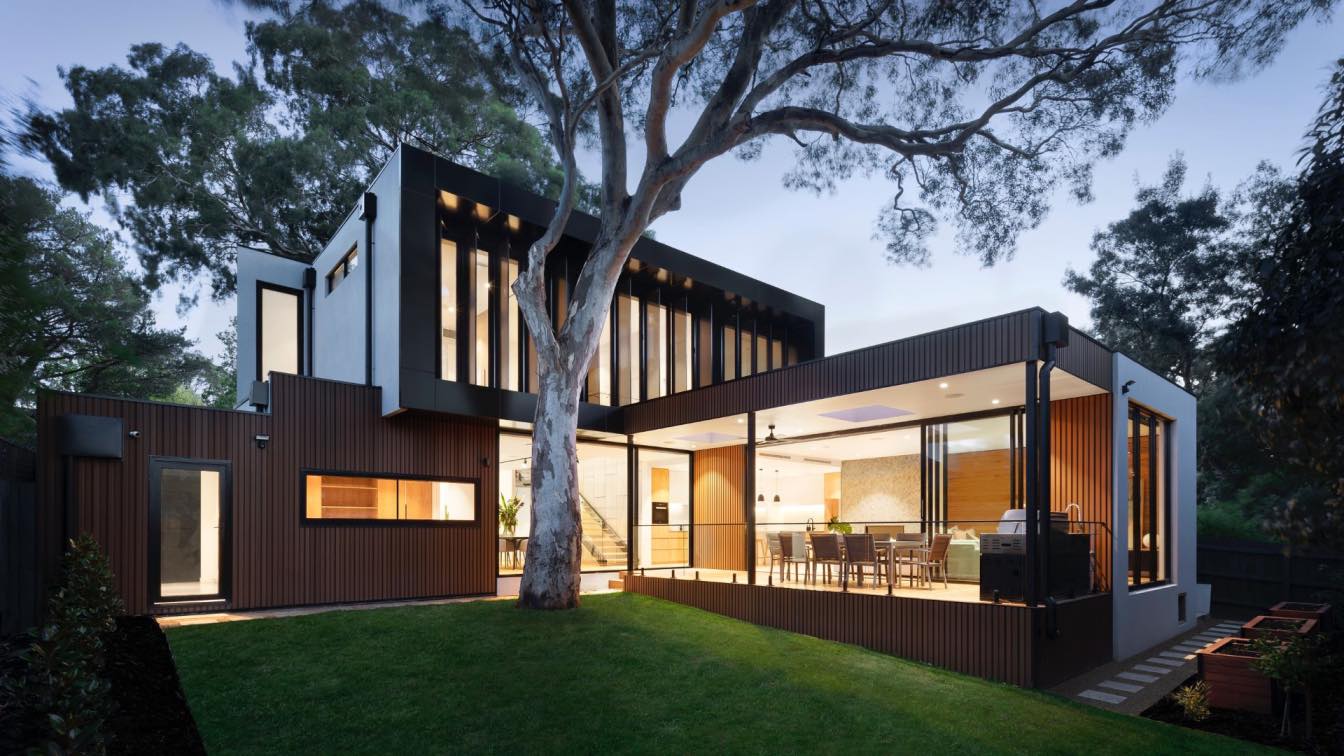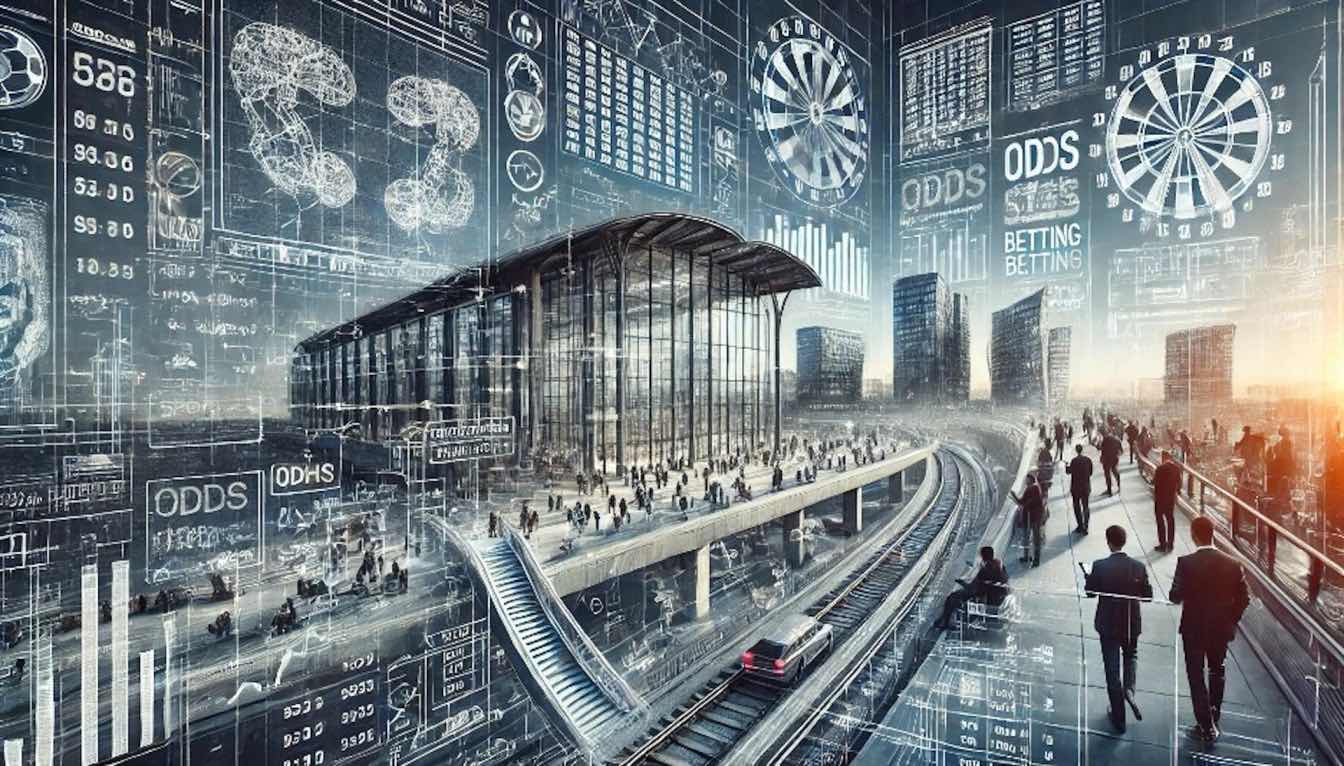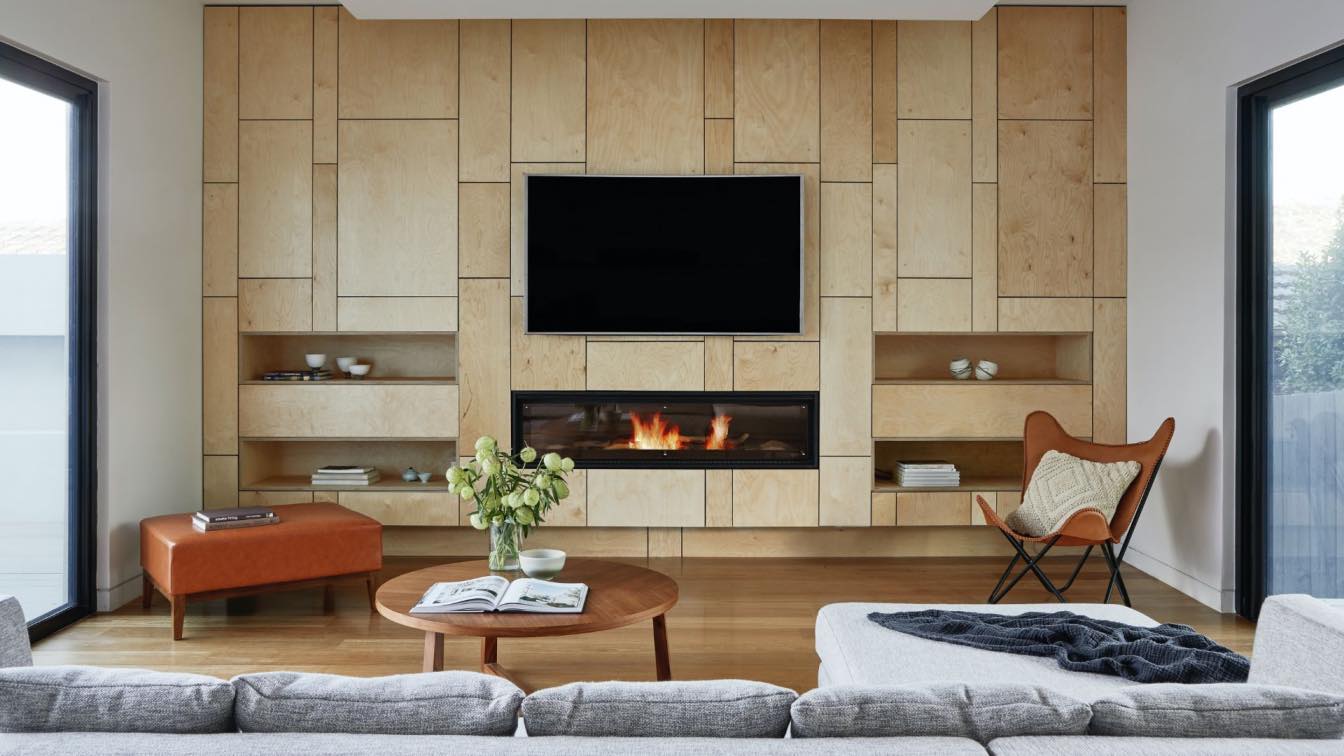Commercial roofing is a critical aspect of any business or industrial facility. Whether you're constructing a new building, renovating an existing one, or simply maintaining your current roof, understanding the ins and outs of commercial roofing is essential to ensure longevity, safety, and efficiency. In this guide, we will explore the importance of commercial roofing, the different types available, maintenance tips, and factors to consider when choosing the right roofing solution for your business.
The Importance of Commercial Roofing
A strong, durable roof is the foundation of any commercial property. It serves as the first line of defense against environmental factors such as rain, wind, snow, and extreme temperatures. However, a commercial roof does more than just protect the building from weather conditions. It also plays a pivotal role in energy efficiency, soundproofing, and maintaining the overall integrity of the structure.
A well-maintained roof can prevent costly repairs down the road, safeguard the contents of your business, and ensure that employees and customers remain safe within your facility. On the other hand, a neglected roof can lead to water damage, structural issues, and even health hazards caused by mold and mildew.
Types of Commercial Roofing
When it comes to commercial roofing, there are several different options available. Each type of roofing system comes with its own set of advantages and disadvantages, making it essential to choose the right one based on your building's specific needs and budget.
1. Flat Roofing
Flat roofing is one of the most common types of commercial roofing. This roofing style is ideal for businesses that require a simple, cost-effective solution. Flat roofs are easy to install and maintain, and they provide additional space for HVAC units, solar panels, or other equipment.
There are several types of flat roofing materials, including:
EPDM (Ethylene Propylene Diene Monomer): EPDM is a popular single-ply rubber roofing material that offers excellent waterproofing and UV resistance. It’s known for its longevity and energy-efficient properties, making it a cost-effective option in the long term.
TPO (Thermoplastic Olefin): TPO is another single-ply membrane that is lightweight, durable, and energy-efficient. It’s resistant to UV radiation and chemicals, making it a great option for commercial buildings in various climates.
Modified Bitumen: This is a multi-layer roofing system that combines asphalt with synthetic rubber. Modified bitumen roofs are highly durable and resistant to harsh weather conditions, making them an ideal choice for businesses located in areas with extreme weather.
2. Metal Roofing
Metal roofing is a popular choice for commercial properties due to its durability, energy efficiency, and sleek aesthetic. Metal roofs are highly resistant to extreme weather, including heavy rain, snow, and wind, and they require minimal maintenance.
There are several different types of metal roofing, including:
Standing Seam Metal Roofing: This roofing system features metal panels that are joined together with raised seams, creating a clean, modern look. Standing seam roofs are highly resistant to water and can last up to 50 years or more with proper care.
Metal Shingles or Tiles: These roofing materials replicate the look of traditional shingles or tiles but are made of metal for increased durability. Metal shingles are lightweight, fire-resistant, and low-maintenance, making them a great option for commercial properties.
Corrugated Metal Roofing: This type of roofing is characterized by its wavy pattern, which enhances its strength and durability. Corrugated metal roofs are ideal for businesses seeking a budget-friendly option that doesn’t compromise on performance.
3. Built-Up Roofing (BUR)
Built-up roofing, often referred to as BUR, is a traditional and highly durable commercial roofing system. It consists of multiple layers of bitumen and reinforcing fabrics, such as fiberglass or polyester, which are laminated together to form a tough, waterproof membrane.
BUR roofs are known for their durability and excellent protection against UV rays and extreme weather conditions. They can be an ideal choice for commercial buildings in regions prone to severe weather, as they offer excellent waterproofing and insulation properties.
4. Green Roofing
Green roofing is an innovative and environmentally friendly roofing option that involves the installation of vegetation on the roof. This type of roofing is gaining popularity in commercial buildings due to its many benefits, including improved energy efficiency, stormwater management, and a reduction in the urban heat island effect.
A green roof can be either a "living roof" with soil and plants or a "vegetative roof" with a more controlled setup of plants on a growing medium. These roofs not only help with insulation but also enhance the aesthetics of the building and contribute to the environment by absorbing rainwater, reducing runoff, and promoting biodiversity.
5. Shingle Roofing
While shingles are commonly associated with residential buildings, they can also be used for certain commercial properties. Shingle roofing is ideal for smaller buildings, and it provides excellent aesthetic value in addition to protection. Commercial asphalt shingles are available in various styles and colors, offering versatility and cost-effectiveness.
Choosing the Right Commercial Roofing System
Selecting the right commercial roofing system for your business involves several considerations. It’s important to evaluate factors such as climate, building design, budget, and energy efficiency needs. Here are some key factors to keep in mind when making your decision:
1. Climate and Weather Conditions
Your location plays a major role in determining the best roofing material. For instance, in areas with frequent rainfall, a waterproof system like EPDM or a built-up roof may be ideal. In regions that experience high heat, reflective roofing materials, such as TPO or metal roofing, can help reduce energy costs by reflecting sunlight and keeping the building cooler.
2. Energy Efficiency
Energy efficiency is an important consideration for businesses looking to save on energy bills. Some roofing systems, such as green roofs or reflective TPO membranes, can help lower heating and cooling costs by improving insulation and reducing the need for HVAC systems. Consider opting for energy-efficient roofing materials that align with your sustainability goals.
3. Building Design and Aesthetics
The design and aesthetic appeal of your building should also factor into your choice of roofing material. For example, a sleek, modern building may benefit from a standing seam metal roof, while a more traditional structure might look better with a shingle or built-up roofing system. Consider the overall appearance and curb appeal of your building before making a final decision.
4. Maintenance and Durability
The durability and maintenance requirements of the roofing system should also be evaluated. While some materials, like metal roofing, require minimal maintenance, others, like BUR or flat roofs, may require more frequent inspections and repairs. A longer-lasting material like metal or EPDM can ultimately save you money in the long run by reducing the need for ongoing maintenance.
5. Budget
Commercial roofing projects can be expensive, but it’s important to view it as a long-term investment. While some roofing systems may have a higher upfront cost, they may provide significant savings on maintenance and energy bills over time. Be sure to factor in both the initial installation cost and the long-term savings when choosing the best roofing material for your business.
Maintenance Tips for Commercial Roofing
Maintaining your commercial roof is essential to ensuring its longevity and effectiveness. Here are a few key tips for keeping your roof in optimal condition:
1. Regular Inspections: It’s important to inspect your roof at least twice a year, as well as after any major storms. Look for signs of wear, such as cracks, leaks, or missing shingles or panels.
2. Clear Debris: Remove leaves, branches, and other debris from the roof to prevent clogging of drains and gutters. Accumulated debris can lead to water damage and accelerate the aging process of the roof.
3. Check for Leaks: Leaks can cause significant damage to the interior of your building if left unchecked. If you notice any signs of moisture, such as water stains on the ceiling or walls, it’s important to address the issue immediately.
4. Maintain Gutters and Downspouts: Ensure that gutters and downspouts are free from blockages and are functioning properly. This helps to direct rainwater away from the roof and prevents water pooling.
5. Professional Maintenance: Consider hiring a professional roofing contractor to perform routine maintenance and repairs. A roofing expert can identify problems before they become serious issues and help prolong the life of your roof.
Conclusion
Commercial roofing is a significant investment that plays a crucial role in the safety, efficiency, and longevity of your business. By understanding the different types of commercial roofing systems available, the factors to consider when choosing a roofing solution, and the maintenance tips to keep your roof in top condition, you can ensure that your building remains protected for years to come. Always consult with a professional roofing contractor to help you make the best decision based on your business’s needs, budget, and location.

